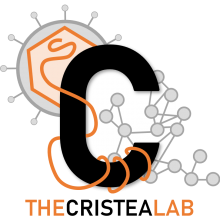DNA replication through hard-to-replicate sites, including both highly transcribed RNA Pol II and Pol III genes, requires the S. pombe Pfh1 helicase
Type
Replication forks encounter impediments as they move through the genome, including natural barriers due to stable protein complexes and highly transcribed genes. Unlike lesions generated by exogenous damage, natural barriers are encountered in every S phase. Like humans, Schizosaccharomyces pombe encodes a single Pif1 family DNA helicase, Pfh1. Here, we show that Pfh1 is required for efficient fork movement in the ribosomal DNA, the mating type locus, tRNA, 5S ribosomal RNA genes, and genes that are highly transcribed by RNA polymerase II. In addition, converged replication forks accumulated at all of these sites in the absence of Pfh1. The effects of Pfh1 on DNA replication are likely direct, as it had high binding to sites whose replication was impaired in its absence. Replication in the absence of Pfh1 resulted in DNA damage specifically at those sites that bound high levels of Pfh1 in wild-type cells and whose replication was slowed in its absence. Cells depleted of Pfh1 were inviable if they also lacked the human TIMELESS homolog Swi1, a replisome component that stabilizes stalled forks. Thus, Pfh1 promotes DNA replication and separation of converged replication forks and suppresses DNA damage at hard-to-replicate sites.

